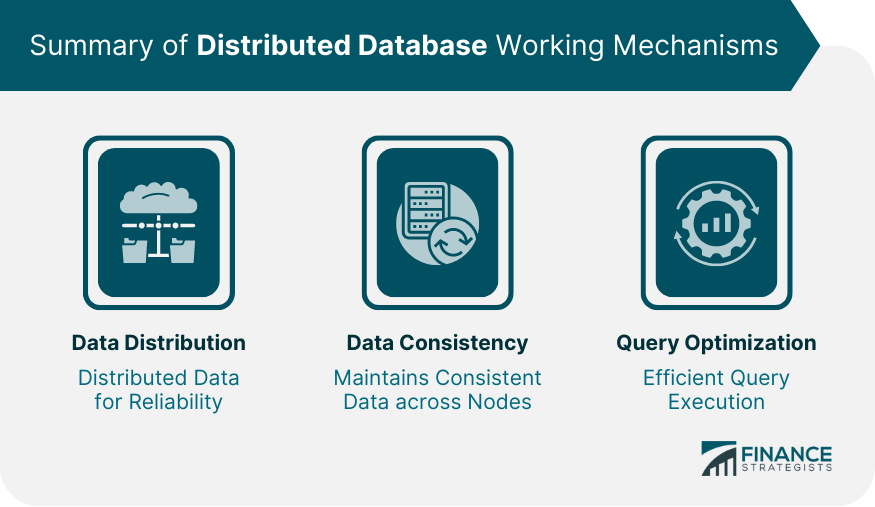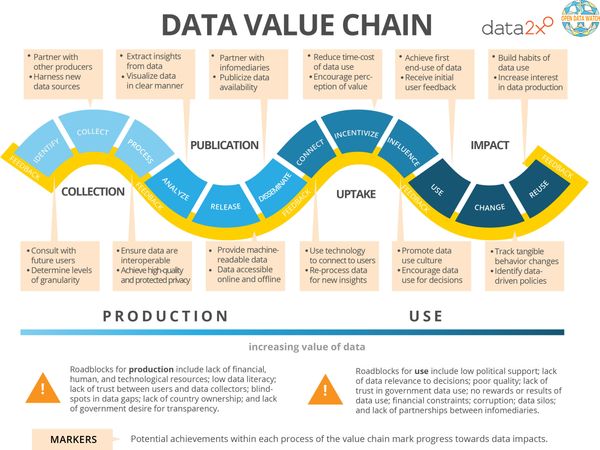For an enterprise in today’s time, where all the operations take place on online platforms, database plays a vital role in running the operations in time seamlessly. It is important for the database to deliver high performance for quick data access in order to avoid any kind of slowdowns.
To make sure that the database performs well with a quick turnaround for the data access, enterprises hire diligent Database Administrators. These database professionals ensure that the health of database servers is monitored continuously to trace out issues if any even before it occurs to eliminate the possibilities of slowdowns. To make sure that the data queries have a quick turnaround often the slow queries are identified and are tuned to make them faster.
MariaDB is one such database which is widely used by the enterprises to store their data. MariaDB Query Optimization plays a vital role in performance tuning of the database. Let us understand what MariaDB Query Optimization is and why is it important before we go into further details and discuss about how to identify Slow Queries using MariaDB slow query log, and how to optimize these long running queries in MariaDB for better performance.
What is MariaDB Query Optimization?
Query Optimization is the process in which slow queries that take more than the default long_query_time to execute are identified and tuned so as to make the execution faster. The slow queries of the database are identified by enabling the MariaDB slow query log, which is disabled by default.
Once the slow queries are traced along with the required details of execution, and the statistics of the accessed data, an optimal alternative plan for execution is formulated. This is done by thoroughly analyzing the different alternative access methods and the possible transformations, to bring out the most optimal way to execute the query statement.
Why is Query Optimization important for MariaDB performance?
When the data access would take more turnaround time due to a slow query, the other applications and functions which would depend on this data as an input would suffer, making the overall operations slow.
On the contrary, when the same queries will improve their turnaround time, not only the operations would speed up due to the better MariaDB performance but even the wastage of resources such as servers and processors, which otherwise have to wait in a queue, does not take place. This results in overall better performance and optimal utilization of resources.
How to identify slow queries using MariaDB slow query log?
MariaDB slow query log is a record of queries which takes longer time than default 10 seconds for execution and also those which had to examine more than the min_examined_row_limit rows. Based on these details provided by the MariaDB slow query log, we can identify which queries are taking longer time and those which have to process more data rows.

Once these queries are identified, alternative ways for the execution are examined to ensure the most optimal way of execution is used by the query.
This slow query log can be accessed using the mysqldumpslow tool and those slow query logs that are written to a table can be viewed by querying the slow_log table.
While as a default setting MariaDB slow query log comes as disabled but you can enable it by setting the slow_query_log system variable to 1.
How to perform MariaDB Query Optimization?
Once you have identified the slow queries using the slow query log, here are a few query optimization techniques you can use to enhance MariaDB performance:
- Use SHOW EXPLAIN
To know the output details of the query execution, use SHOW EXPLAIN in order to understand where the query is lacking making it long running query in MariaDB.
So as to tune the slow query, you can check the efficiency of all the possible ways of execution using SHOW EXPLAIN and determine the most optimal way for the execution of the slow query.
- Perform Indexing
Indexes can be very useful in decreasing the number of rows that are processed during the execution of a query. This way when indexing is done properly, a slow query can be optimized by lowering the number of rows it would process.
- Replace Complex subqueries
Replacing Complex Subqueries with the temporary tables could be useful in decreasing the turnaround time for faster execution of the identified slow queries.
- Use INNER JOINS instead of OUTER JOINS
Replacing OUTER JOINS by INNER JOINS could be helpful in tuning the slow queries for enhanced performance.
The next step
Using these methods could be helpful in the query optimization but it is always up to a diligent database administrator to work on the slow queries and optimize them for better performance.

At OptimizDBA, we are dedicated to making your MariaDB database highly optimized by using the advanced methodologies and analytics with our expert and experienced team of Database Administrators. Feel free to contact us and we will be obliged to assist you in optimizing your database.







